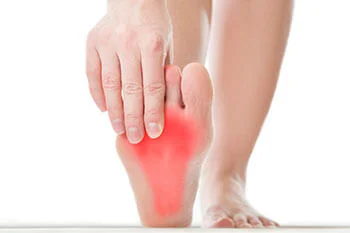Table of Contents
Introduction
Peripheral arterial disease, or PAD, is a vascular condition characterized by narrowed arteries in the legs, limiting blood flow to the feet. Several risk factors contribute to the development and progression of PAD. Smoking is a primary risk factor, as it damages blood vessels and promotes plaque buildup. Diabetes is another significant factor, as high blood sugar levels can damage arteries. Hypertension, or high blood pressure, places constant stress on arteries and can lead to their narrowing over time. Age is also a non-modifiable risk factor, as PAD becomes more common with advancing age. Genetics can play a role, with a family history of vascular diseases increasing one’s susceptibility. Obesity and a sedentary lifestyle contribute by promoting the accumulation of fatty deposits in arteries. Additionally, high cholesterol levels can lead to plaque formation in blood vessels. Lastly, individuals with a history of heart disease are at higher risk for PAD. If you have risk factors for PAD or suffer from its effects on your feet, it is suggested that you schedule an appointment with a podiatrist for an examination and necessary treatment.
Peripheral artery disease can pose a serious risk to your health. It can increase the risk of stroke and heart attack. If you have symptoms of peripheral artery disease, consult with one of our podiatrists from Integrative Foot & Ankle Centers of Washington. Our doctors will assess your condition and provide you with quality foot and ankle treatment.
Peripheral artery disease (PAD) is when arteries are constricted due to plaque (fatty deposits) build-up. This results in less blood flow to the legs and other extremities. The main cause of PAD is atherosclerosis, in which plaque builds up in the arteries.
Symptoms
Symptoms of PAD include:
- Claudication (leg pain from walking)
- Numbness in legs
- Decrease in growth of leg hair and toenails
- Paleness of the skin
- Erectile dysfunction
- Sores and wounds on legs and feet that won’t heal
- Coldness in one leg
It is important to note that a majority of individuals never show any symptoms of PAD.
Diagnosis
Treatment
Fortunately, lifestyle changes such as maintaining a healthy diet, exercising, managing cholesterol and blood sugar levels, and quitting smoking, can all treat PAD. Medications that prevent clots from occurring can be prescribed. Finally, in some cases, surgery may be recommended.
If you have any questions, please feel free to contact one of our offices located in Kirkland, Everett, and Renton, WA . We offer the newest diagnostic and treatment technologies for all your foot care needs.


